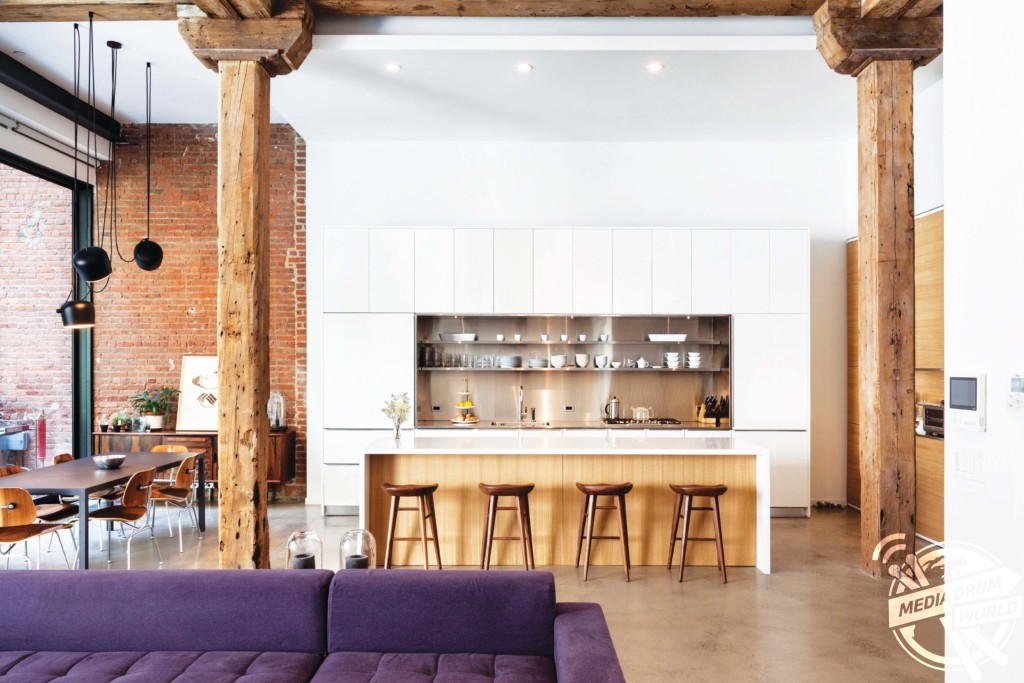By Mark McConville
INCREDIBLE images have revealed the once neglected industrial sites around the world that have been turned into stunning modern-day homes which could be yours for an eye-watering £5 million.
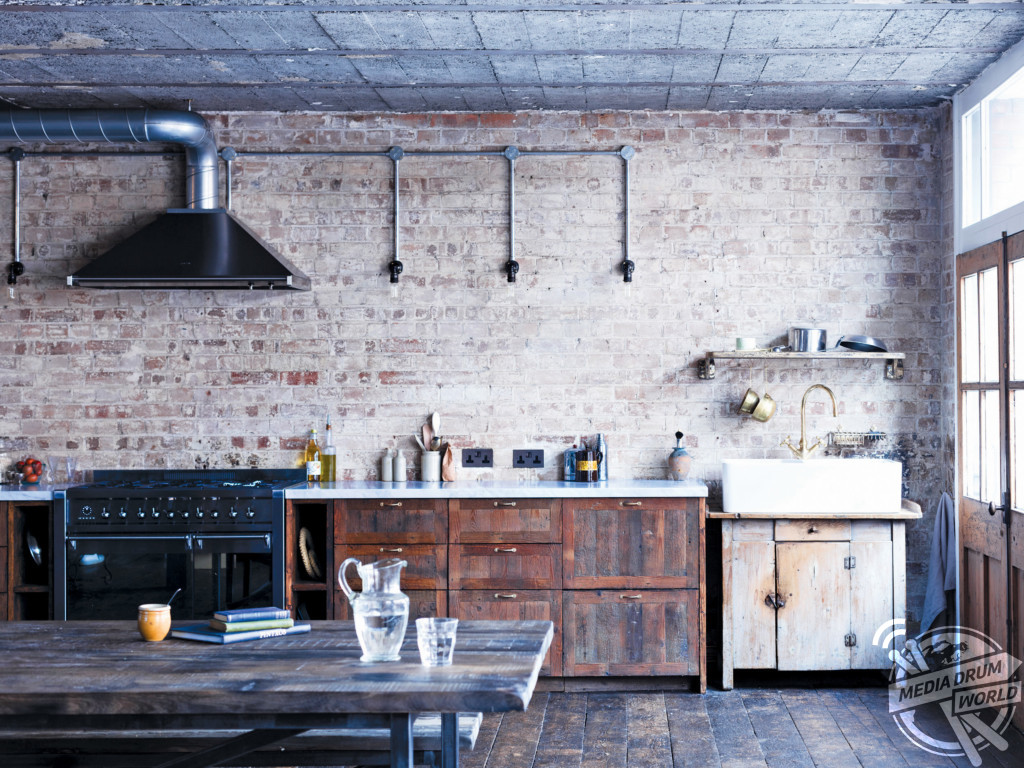
The home-porn pictures show how the conversion project has spread around the world as old factories and warehouses have been changed into stylish homes featuring open-plan kitchens and living rooms in major cities including London, New York and Sydney.
Other shots show the dream houses’ interiors with only load-bearing pillars blocking the wood-panelled floor and hipster décor.
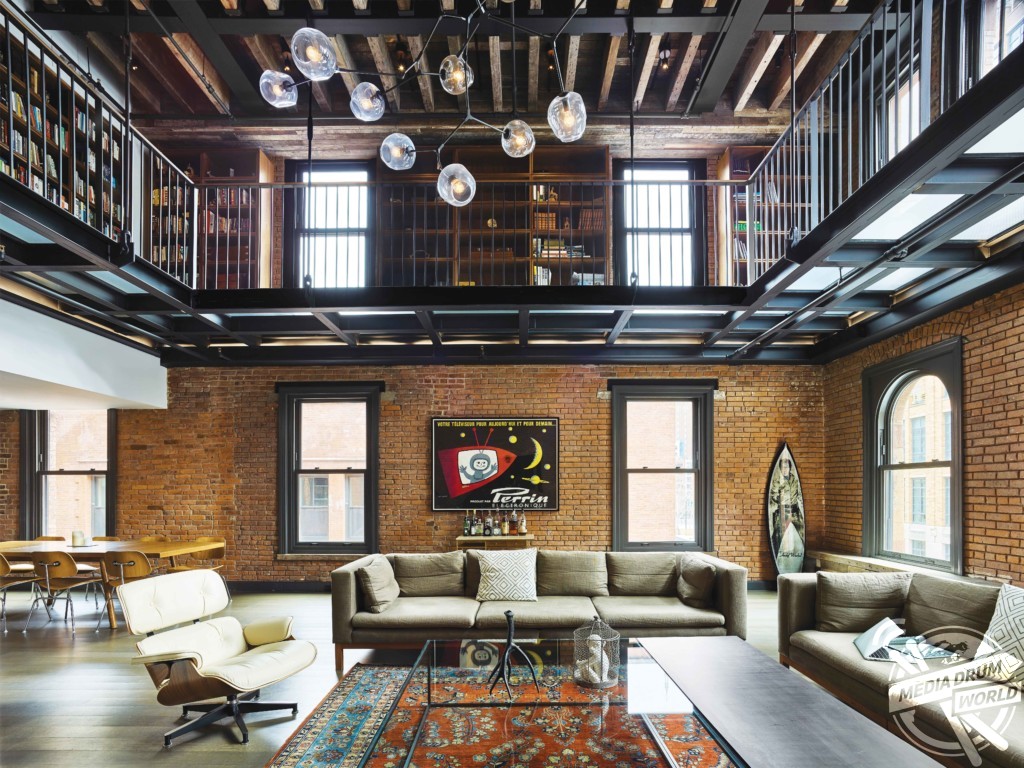
The spectacular homes are showcased in a new book, warehouse Home, by Sophie Bush, and published by Thames & Hudson.
“Four years ago, my husband and I bought our home in a Grade-II listed warehouse conversion in south-east London,” she said.
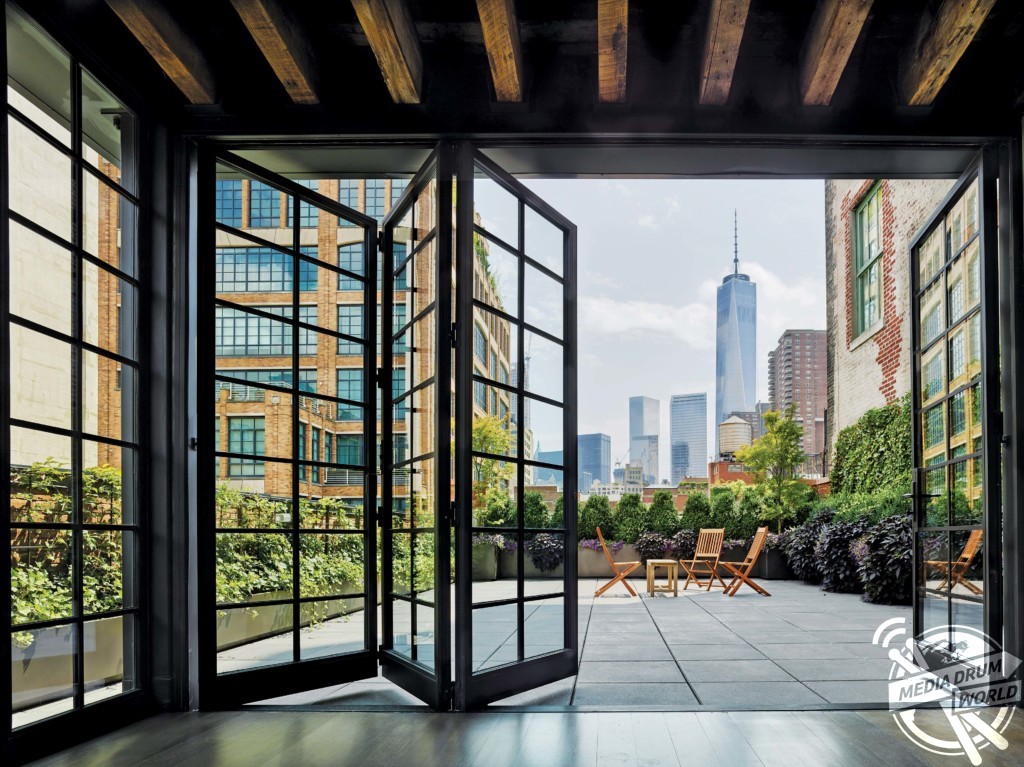
“I still remember the first time we caught sight of the enormous Victorian granary on the bank of the River Thames. The sheer scale of it was impressive.
“A dormant crane, retired from service, bowed its head over the water and, far above, the rooftop water towers kept watch across the city skyline.
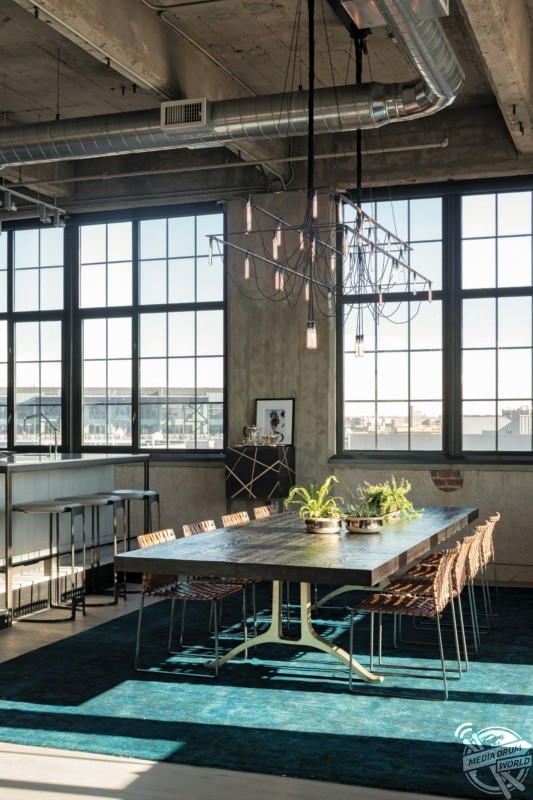
“Throughout the conversion, we found fascinating remnants of a previous life. The building continues to have an effect on me, even now.”
Mrs Bush’s home inspired her to write Warehouse Home, where she travelled across the world to visit some of the most inspiration industrial conversions.

“We have made an important distinction between industrial and ‘industrial style’, reviewing only those homes in conversions with a genuine industrial or manufacturing past,” she explained.
“And we celebrate the original architectural features that make these homes truly unique; exposed timber beams and bare brickwork, structural columns and industrial doors.”

Mrs Bush feels the history these old buildings have experience help add to the character of the home once a conversion has been completed.
“Most of us share a sense of fascination and pride in our respective nations’ rich industrial histories, reflected in these heritage buildings,” she added.
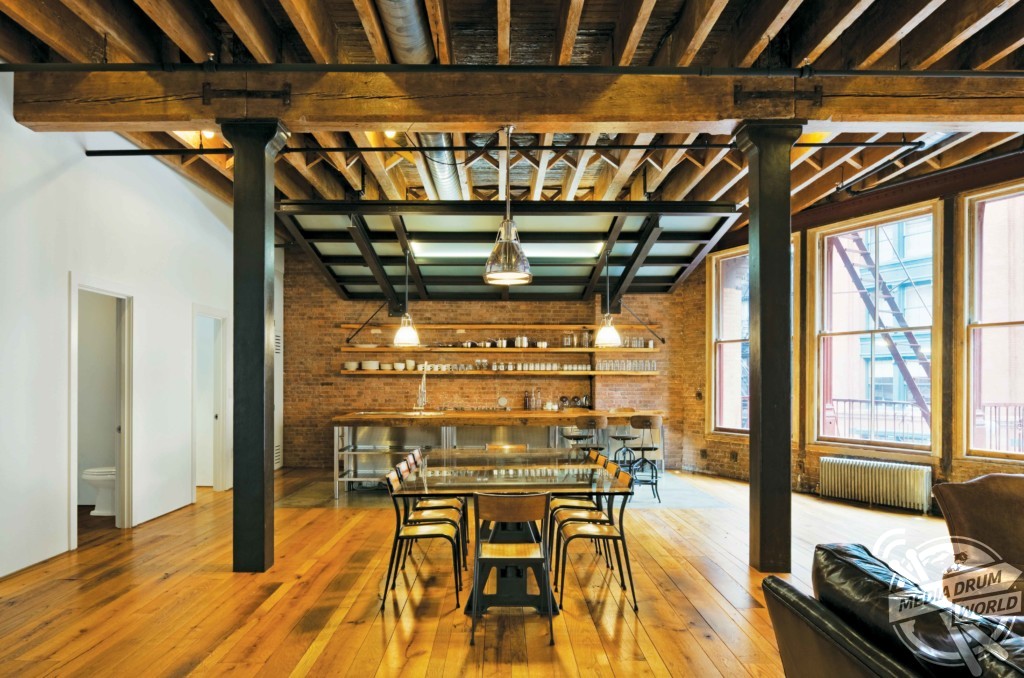
“Our own warehouse narrowly avoided destruction during the intensive bombing raids of World War II. The surrounding timber yards, docks and warehouses were almost entirely destroyed.
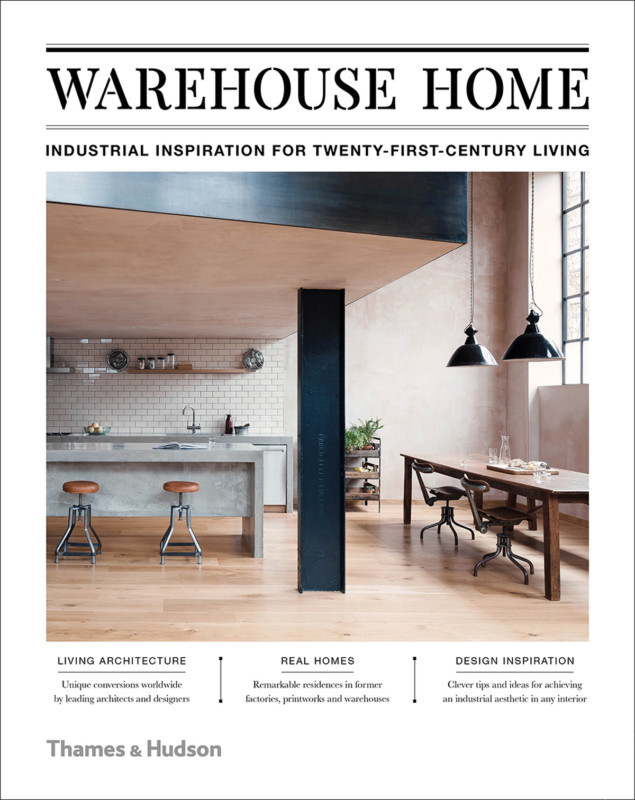
“During the post-war era, the decline of several industries and the modernization of others further threatened the future of the factories and warehouses that were once at the very heart of a global industrial revolution.”
Warehouse Home by Sophie Bush is published by Thames & Hudson, £24.95.

